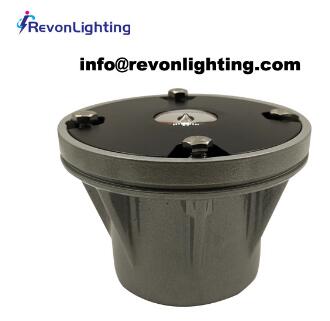FAA lights play a critical role in ensuring aviation safety by providing visual guidance and warning to pilots. These lights are strategically placed on airfields, runways, towers, and other structures, assisting in safe navigation and reducing the risk of accidents. This article will discuss the importance of FAA lights, their types, regulatory considerations, and technological advancements in this field.

Importance of FAA Lights:
FAA lights are essential for maintaining safe air operations, especially during low visibility conditions. They serve as visual markers, guiding pilots during takeoff, landing, and taxiing. These lights are designed to enhance visibility, ensuring pilots can easily locate runways, taxiways, and other critical areas. Proper installation and adherence to FAA regulations regarding the use of lights are crucial to ensuring aviation safety.
Types of FAA Lights:
Runway Lights:
Runway Edge Lights: These lights are located along the edges of runways, providing pilots with visual references during landing and takeoff. They are typically white, but in some cases, yellow lights are used to indicate displaced thresholds or taxiways.
Runway Centerline Lights: These lights are positioned along the centerline of runways, helping pilots maintain proper alignment during landing. They are typically white and serve as an additional visual aid to runway edge lights.
Threshold Lights: These lights mark the beginning of a runway and are typically green in color. They provide pilots with a clear indication of where the runway starts.
Taxiway Lights:
| 23 | 26 |
| 24 | 27 |
| 25 | 28 |
Taxiway Edge Lights: These lights are located along the edges of taxiways, providing pilots with guidance while maneuvering on the ground. They are typically blue in color.
Taxiway Centerline Lights: These lights are positioned along the centerline of taxiways, assisting pilots in maintaining proper alignment during taxiing. They are typically green in color.
Regulatory Considerations:
The FAA has established regulations and guidelines for the proper use and installation of lights on airfields. These guidelines cover various aspects, including light intensity, color, spacing, and placement. Compliance with these regulations is crucial to ensure uniformity, consistency, and optimal visibility for pilots. Airfield operators and lighting technicians must be aware of these guidelines and implement them to maintain aviation safety.
Technological Advancements:
Advancements in lighting technology have significantly improved the efficiency and effectiveness of FAA lights. LED (Light Emitting Diode) lights have replaced traditional incandescent bulbs, offering several advantages such as energy efficiency, longer lifespan, and better visibility. LED lights consume less power, require minimal maintenance, and provide brighter illumination, ensuring improved visibility for pilots.
Additionally, the integration of intelligent lighting control systems has enhanced the functionality of FAA lights. These systems can automatically adjust light intensity based on ambient conditions, optimizing energy usage and improving visibility while minimizing light pollution.
Conclusion:
FAA lights play a crucial role in ensuring aviation safety by providing visual guidance and warning to pilots. The proper installation and adherence to regulatory guidelines are vital to their effective implementation. With advancements in lighting technology, such as LED lights and intelligent control systems, FAA lights are becoming more efficient, cost-effective, and environmentally friendly. By continuously embracing technological advancements and adhering to regulatory requirements, the aviation industry can enhance safety and navigation, ensuring a safer and more efficient air transportation system.